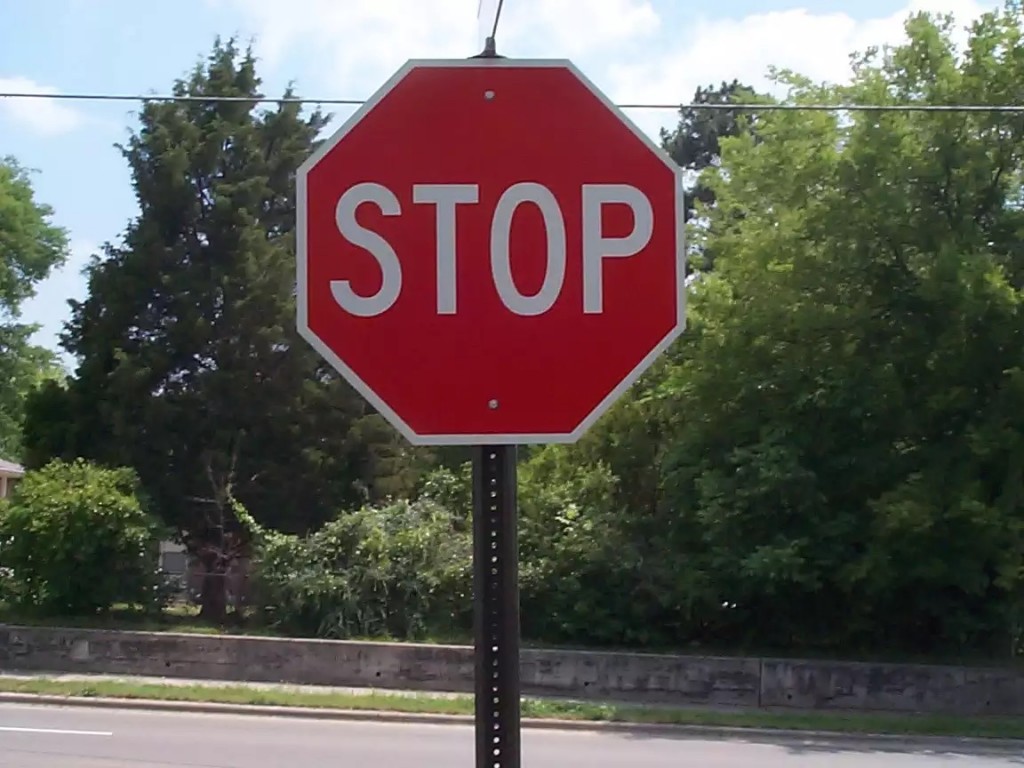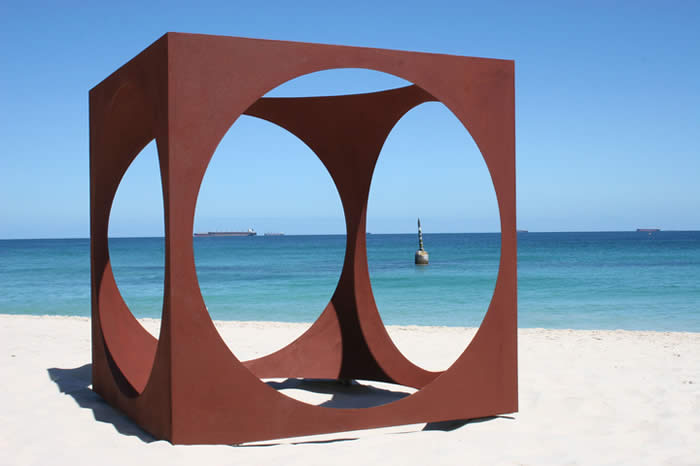
Our definition: Value is the variety of shades between light and dark.
Official definition: Value is the proportion of lights and darks.

Our definition: Unity and Variety is finding the balance between boredom and chaos in an artwork.
Official definition: Unity is similarity, oneness, togetherness, cohesion. Variety is visual diversity to avoid an unintended monotonous composition and hold the viewer’s interest.

Our definition: This is having a sense of movement, of energy flow, a sense of direction. Can also be four-dimensional.
Official definition: Actual and implied are two aspects of time.

Our definition: Variety in a physical plane; tangible (whether actual or implied)
Official definition: Texture can be physical, it can be a visual illusion, or even invented.

Our definition: A composition that has two sides that mirror each other.
Official definition: Visual or actual equilibrium of two halves of a composition mirroring each other in size/shape and placement of elements in art.

Our definition: The amount of depth; relation between objects in the fore-, middle-, and backgrounds.
Official definition: Space is the area within or around an area of substance: positive / negative, compression / expansion, activated, entering.

Our definition: Two-dimensional objects.
Official definition: Shape is a flattened enclosed area.

Our definition: Having distinctions in size relative to multiple objects.
Official definition: Scale is the comparative size of an element of art or object in relation to other objects and expectations about what is normal. Proportion is the relationship of the size of parts to each other and to the whole artifact or image.

Our definition: Repeated, implied motion in art that mimics the auditory sense.
Official definition: Rhythm is a sense of movement, whether regular, irregular, pattern, or grid.

Our definition: A composition or object that mirrors itself from 360 degrees.
Official definition: Radial symmetry is equilibrium achieved by elements emanating from a point, usually the center of a composition.

Our definition: A linear surface that can be rotated 360 degrees.
Official definition: A plane is a 3D form that has length and width but with minimal thickness.

Our definition: The density of an (actual or implied) object.
Official definition: Mass is a solid 3D form.

Our definition: A building block that varies in thickness and quality.
Official definition: Line has quality (thick, thin, broken), can be implied or actual, and has linear networks (cross-contours, psychic line).

Our definition: How color hits an object; the casting of shadows.
Official definition: Light can enhance or obscure, affect emotions, entice us to enter, create mystery, can even be the sculptural medium.

Our definition: A method used deliberately by the artist to draw the viewer’s eye towards one specific element.
Official definition: The arrangements of elements of art to make some areas the primary focus of a viewer’s attention.

Our definition: Different shades on the visual spectrum.
Official definition: Color has hue, saturation and value. By adding white to a color, you achieve a tint. By adding gray, you achieve a tone. By adding black, you achieve a shade.

Our definition: A design tactic in which elements of the piece are deliberately put into an unequal balance with each other.
Official definition: Asymmetry creates equilibrium among visual elements that do not mirror each other on either side of axis. (Depending, design can be quite dynamic or chaotic.)

Our definition: a 3D object
Official definition: Volume refers to an enclosed area of 3D space.